Gardening in July 2021: what to plant and tidy in your garden this month
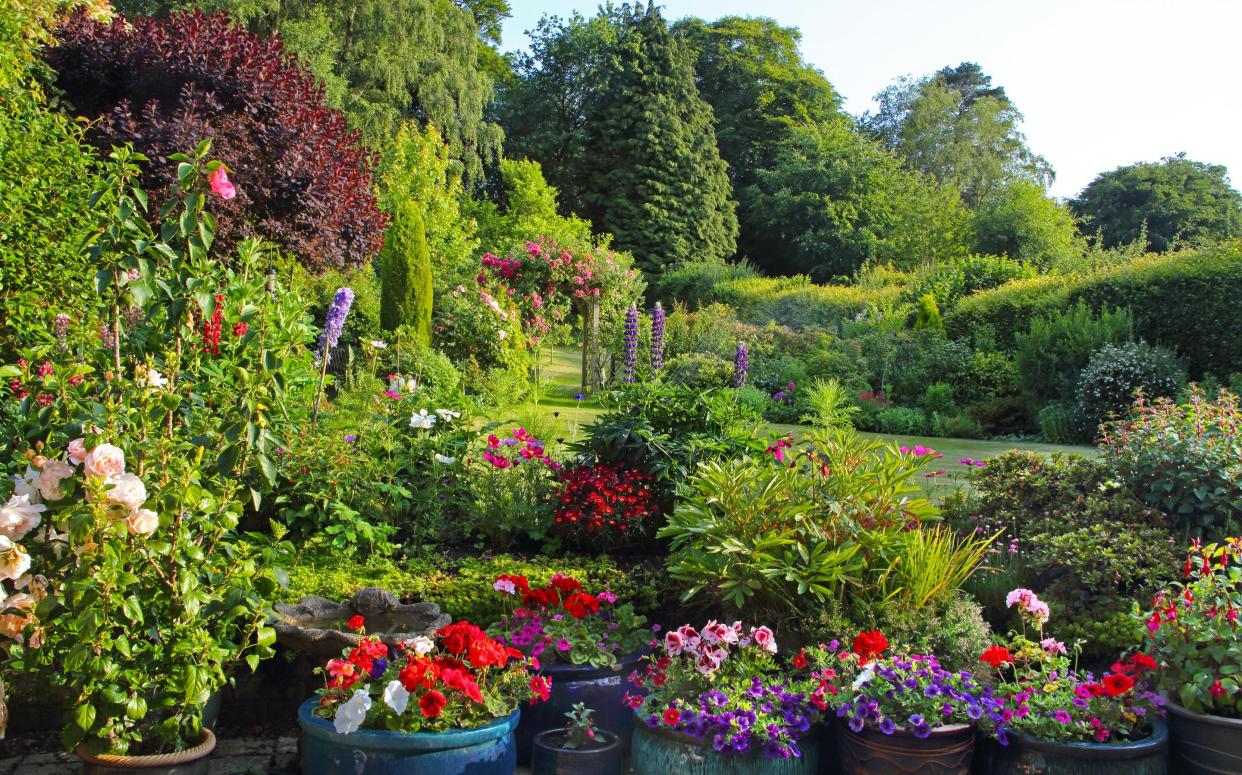
The July garden: verdant, green, filled with vegetables and fruit from the allotment (or greenhouse). It's never been more tempting to sit back and enjoy the spoils of our hard work in spring, but, as you'll find out, there is plenty to do in the garden this month.
Things to do in your garden in July
Thyme to work
Remember that the more you use your herbs, the more young, bushy growth they will produce and the more tempting they will be to harvest. A virtuous circle. Many herbs make very pretty and scented foliage to bunch alongside cut flowers, too, if nothing else keeps you picking.

Water works
Don’t waste water on established plants at the allotment, but do give a well-timed summer dose to raspberries, cucumbers and melons as the fruits are swelling; potatoes when they are flowering; and lettuces and spinach, to discourage bolting.
Pots n’ roses
Take cuttings now of non-flowering shoots of garden pinks, and push several into a pot of gritty compost. If you don’t have any, consider the range of beautiful varieties from Allwoods, including pale pink 'Rose de Mai’ bred in the 1820s (allwoods.net).
Late bloomers
If your garden fades away towards the end of the summer, veronicastrum is a great plant and it isn’t too late to slot a few in now. 'Red Arrows’ has reddish pink spikes of flowers that are loved by bees. Try Hoo House Nursery.
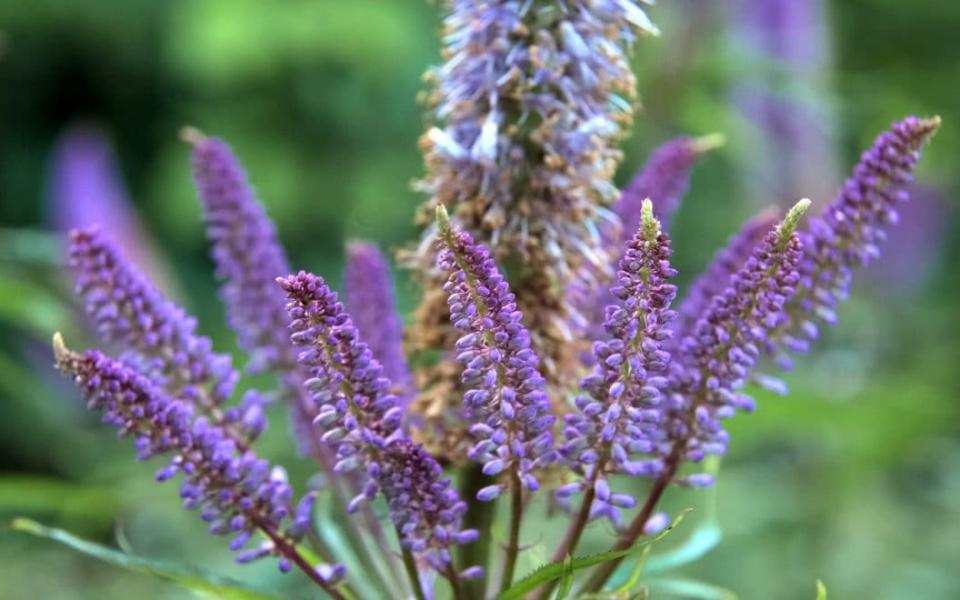
Liquid love
Compost in hanging baskets quickly runs out of nutrients in summer, so now is the time to start giving your bedding plants a liquid feed once a week for continuing blooms. An all-over trim will get them back in shape if they’ve become leggy.
Forlorn lawns
Common summer lawn problems: lawns that turn brown in dry weather haven’t died, they will green up as soon as rains come; flooded lawns can be damaged by being walked on, just keep off until the water drains.
Winged wonder
Butterflies should be plentiful now, but if you are not seeing many in your garden try planting buddleias, valerian, liatris, hyssop and solidago in sunny, sheltered spots. For more ideas, the RHS has a good list.

Easy pickings
Prune espaliered and other trained apple and pear trees now to take them back to the original framework, shortening side shoots to three or four leaves, and those that have been previously shortened to one.
Tomato no-grow
I am always over-optimistic about how long summer will last, and have to force myself to “stop” my tomatoes after four or five trusses of fruit have set. Stop yours now: no more fruit will ripen fully, and summer will come to an end.
Eye for an autumn bulb
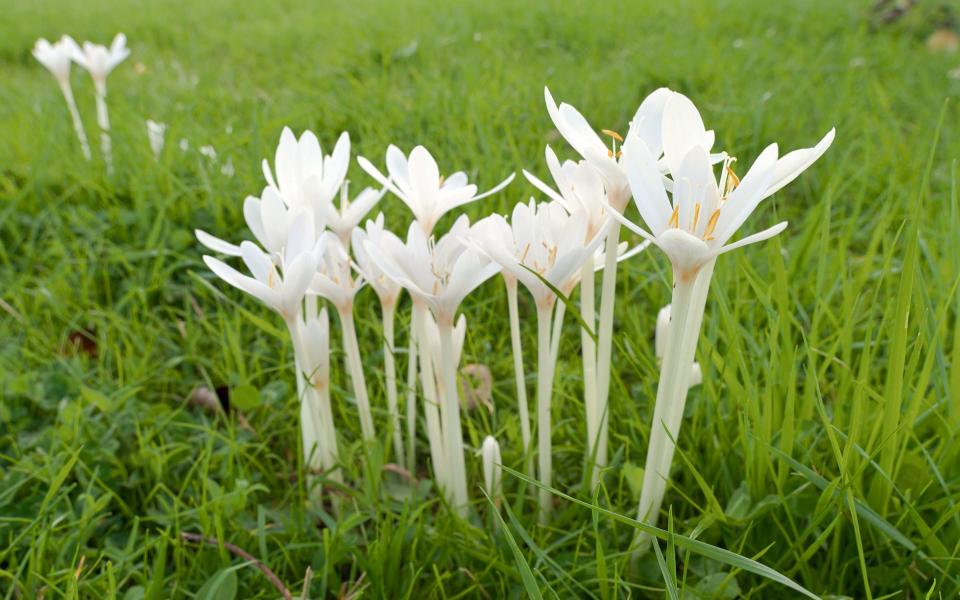
Ghostly autumn-flowering crocuses spring directly from bare earth at a time when everything is woody, and are all the lovelier for it. Plant creamy white Crocus ochroleucus around the base of trees now, from Pottertons Nursery.
Also in July...
Succulent selection
Succulents make fantastic alternatives to bedding plants and will ride out any holiday breaks in watering with ease. Lampranthus and Delosperma are brightly coloured flowering succulents (often called ice plants) that trail beautifully out of hanging baskets and thrive on neglect. They are usually regarded as half hardy but can be hardy in mild conditions. Corseside Nursery in Pembrokeshire offers a selection.

Come up roses
Roses are past their first flush, but with remontant (repeat-flowering) types you can get a fabulous second flush by deadheading and feeding with blood, fish and bone or a potash-rich tomato fertiliser. For one-time flowerers, leave faded flowers to develop into autumn hips.
On good terms
I once visited a school garden where they advocated sowing dwarf French beans and peas on the last day of the summer term for picking on the first day of autumn term. Worth a go even for those of us who don’t have to abandon our plots for six weeks.
Lettuce lesson
Germination of lettuce is patchy in hot weather, but you can get around this by sowing in the evening. The crucial moment for germination is a few hours after sowing, and as long as the temperature has dropped by then, you will have abundant seedlings.
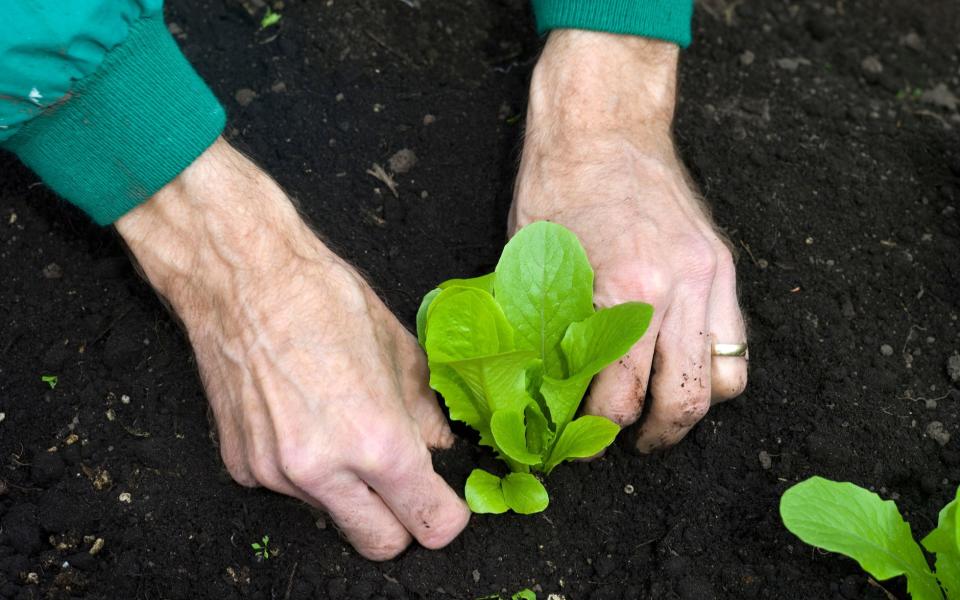
Follow the scent
If you long for a garden filled with scent, you can find inspiration in the Perfume Garden in the Eden Project’s Mediterranean biome. It is filled with roses, lilies, parma violets, jasmine, lavender, eucalyptus and more.
Perfect potatoes
Second-cropping potatoes will produce new potatoes in autumn and winter if planted now. Plant in sacks or buckets and move into a greenhouse in blight-ridden August and when frosts hit (Thompson & Morgan).
Sprouting out
Brussels sprouts and sprouting broccoli should go in this month. Everything is out to get them, so be paranoid or don’t grow them at all. Cover in close netting to keep out caterpillars and pigeons: at least 1m high and ideally 1.5m.
Hunt is on
Plant Heritage has launched a hunt for the nation’s lost plants, those once common and now feared lost from cultivation. On the list are Cedric Morris irises, four varieties of the Scottish Mylnefield lily, and more.
Put in the shade
Auriculas look pretty shoddy now. This is as it should be: they don’t like summer. Place them in an airy, shady spot and let them sit it out. Give the smallest dribble of water morning or evening. They will come back to life in autumn.
Berry bed
Once strawberries are over, weed, clear straw and cut off old and tired foliage, then give the whole bed a mulch with something nutritious. Lift rooted runners and transplant them to new beds or pots to make new plants.

Plum job
If you need to prune a stone fruit such as a cherry or a plum, this is the moment. They should never be pruned in winter as dormant cut surfaces let in silver leaf spores. Prune out branches crossing the middle of the tree to improve airflow.
Shrub for shade
Helwingia chinensis is an unusual Himalayan shrub for shade, with bunches of creamy flowers now. From Hedgehog Plants.
Autumn flowers
Saffron crocus is surprisingly easy to grow. Plant them for autumn flowers and harvest for those precious stamens (they sometimes take a year to settle in before flowering). Buy from Suttons and plant into a sunny and well-drained spot.

Salad days
For an easy and peppery winter salad leaf, sow land cress now. It is like watercress but without the need to grow in water, funnily enough. Sow direct into pots or into the ground. Find seeds at Organic Catalogue.
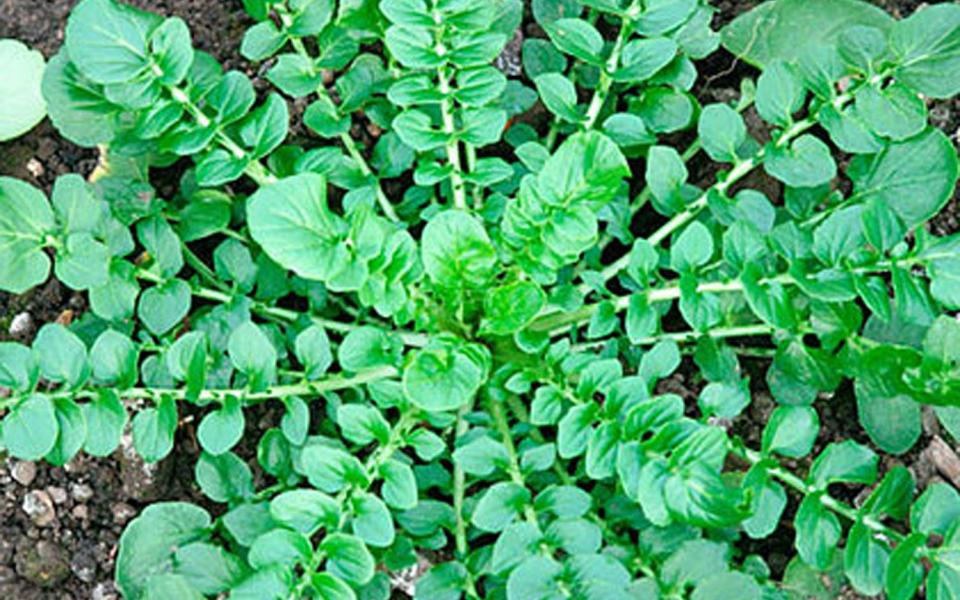
Slug fest
Clematis struggle against slugs in my garden. As an insurance policy, now is the time to take cuttings to make more plants. Take several cuttings, each just above and below a leaf joint, push into a pot and keep watered.
Sowing time
There is still time for a late sowing of beetroot, carrots, lettuce and radishes, straight into the warm ground, for autumn crops. This is hatching time for the second generation of carrot flies, so new rows of carrots need to be covered.
Pretty in pink
Autumn-flowering nerines are often known as Guernsey lilies because the bulbs grow so well on that island. Plant your own bed now if you have a well-drained spot in full sun. 'Isabel’ is a deep pink cultivar from Thompson & Morgan.

Fight blight
The arrival of potato blight grows more likely as summer advances, but keeping your potatoes well earthed up can protect them to some extent. For warning of blight’s arrival, sign up for free alerts from Blightwatch.
Make the cut
Give your wisteria some care for beautiful blooms next spring. Cut back long summer growths so that each holds just six leaves, then give the plant a good dose of water and a feed with a potash-rich fertiliser.

Protect cherries
Birds are as keen on cherries as we are, and the ripening fruit needs protection if you are going to get any for yourself. Birds can get caught in netting, so it’s not ideal, though they are apparently better able to see and avoid white netting than black. But the best solution is Cherry Tree Sleeve Rolls (from Harrod Horticultural), which can be slipped neatly over the branches.
Tie climbers
Tie in all of your climbers’ long, soft new growths horizontally or lower. This slows down the sap flow and encourages the plant to put on more flowering growth. You will be rewarded with more flowers next year, if not before.
Cover up
If your summer gardening involves continually battling with weeds, you may need more ground cover. Lamb's ears (Stachys byzantina), evergreen euonymus and Alchemilla mollis all do the job beautifully in my own garden.
Harvest veg
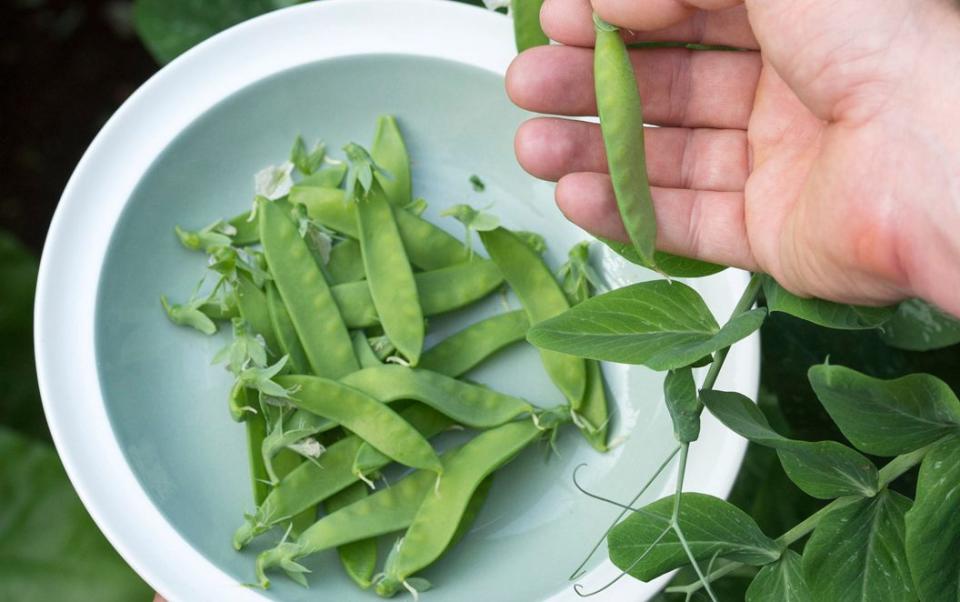
Harvest French beans, courgettes, radishes, carrots, mangetout and potatoes when they are little and tender. They are far better than they will be when they reach “shop size” and this is the tastiest way to keep ahead of the glut.
Cut back
As foxgloves, snapdragons, lupins and penstemons go over, cut back just those sections of the flower spike that have faded, taking care to leave any secondary laterals that may be growing. You may get a second flush of flowers.
Beetle watch
I’ve kept my lilies in my greenhouse all spring and summer to keep them away from the lily beetles. Now it is time to move them outside, but I’ll be keeping up near daily inspections for larvae, and squashing them on sight.

Plan for winter
This is a good moment to start a trough full of baby winter salad leaves. I’ve filled mine with peat-free Dalefoot Wool Compost for Vegetables and Salads, which is moisture retentive and specially formulated for edibles.
In the know
There are hundreds of independent nurseries across the UK, each run by people with passion and knowledge about plants. A new website aims to make them easier to track down: independentplantnurseriesguide.uk.
A cut above
I have plenty of flowers for cutting on my plot. I always pick the day before I need them and “condition” them by leaving them in a bucket of water overnight before arranging. Poppies are a little different: sear the stem ends with a flame.

Thin fruit trees for a plumper crop
Fruit trees should have now completed the dramatic “June drop”, when they shed many fruitlets in order to fully mature a few. But they never drop enough, so we need to come along behind and thin again. Some guidelines: thin cooking apples to leave a maximum of one fruit per 15cm stem; dessert apples and pears to 10cm; peaches to 2cm; nectarines to 15cm; plums to 8cm.
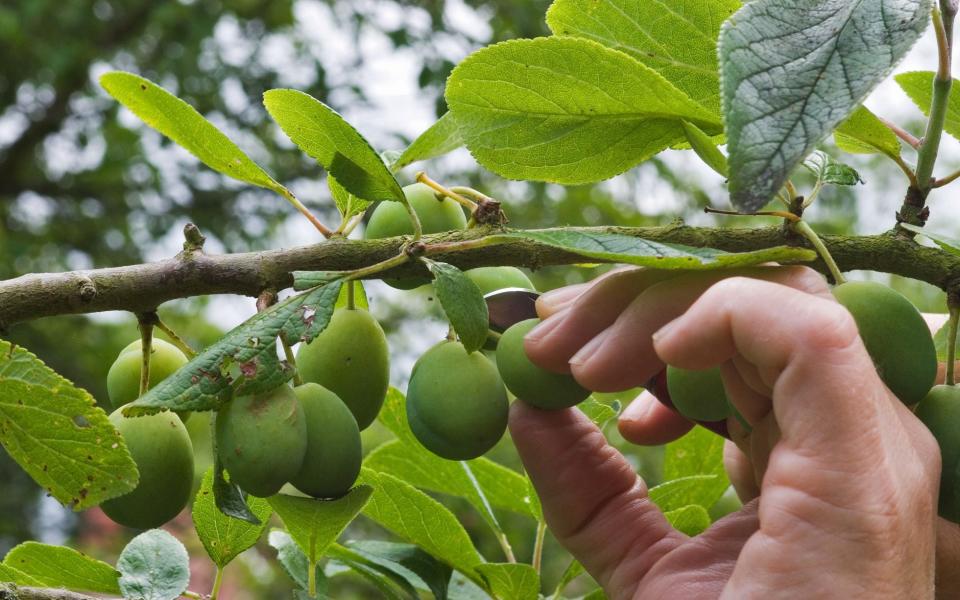
Sweet sowing
Sweet Williams make brilliant spring flowers, and need sowing in the next month. 'Nigricans’ is near black, which adds drama when grown among bright tulips. Buy the Biennial Seeds Collection from Higgledy Garden.
Leading lights
Fairy lights strung from trees or pergolas add to twilight magic. I love solar lights as they require no wiring acrobatics. Those from The Solarcentre have a USB charger to allow a top-up in darker months.
Circle work
If you see little circles cut out of your rose leaves, leafcutter bees are at work; they use them to make cells for their larvae. There is no need for treatment or prevention – damage is minimal – just be proud of the biodiversity in your garden.
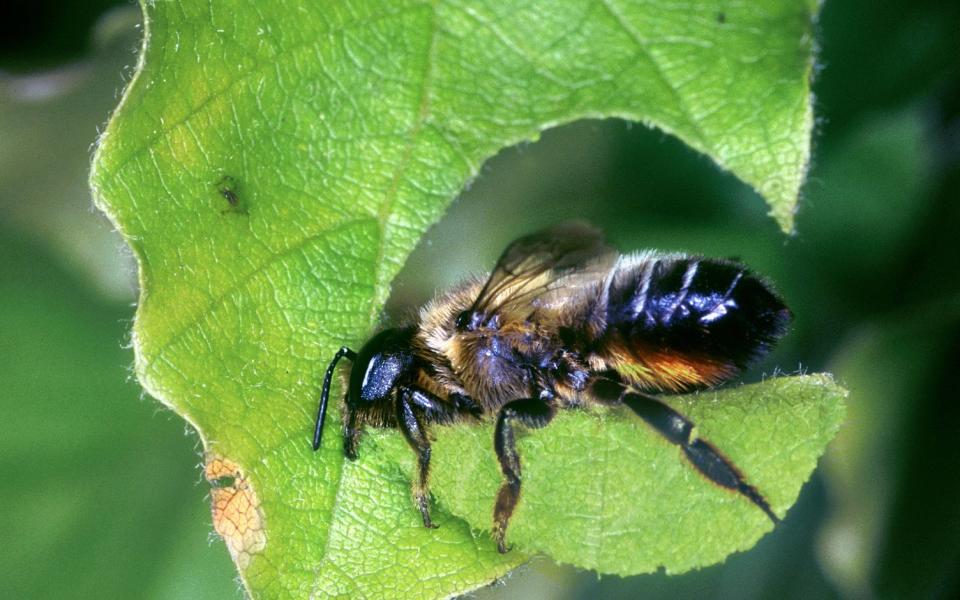
Great indoors
Light levels are high, windows are open and the air is warm; this is the time my house plants are at their happiest and put on the majority of their annual growth. I feed them weekly while the going is good to help them make the most of it.
Tomato TLC
My tomatoes now need feeding at least every fortnight with a high-potash fertiliser, and near daily watering. Tomatoes have “feeding roots” near the surface of the compost, so I feed into the top of my pot, then water into the saucer.
Radicchio ready
Bitter, vibrantly coloured radicchio and chicory can be eaten cooked or raw all winter, and I sow mine now. These most Italian of vegetables can be found in great variety in the Seeds of Italy catalogue.
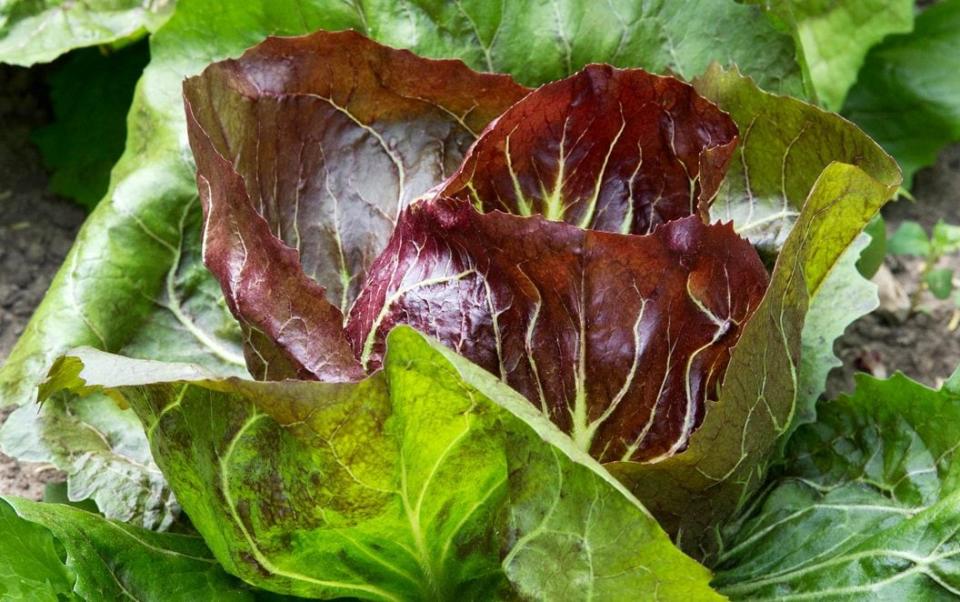
Make a day of it
Day lilies are beautiful, easy, edible and bloom in sun and in shade. Check Woottens of Wenhaston for a huge selection.
Lift garlic
Autumn-planted garlic should be ready to harvest about now, but let the plant tell you when it is ready: the leaves will bend and turn yellow, and then it is time to lift.
Shade dwellers
If you have a shady spot, consider Impatiens omeiana, a hardy busy lizzie with silvery patterned foliage and exotic, orchid-like flowers. Find unusual cultivars at Farmyard Nurseries.
Shop our range of plants at gardenshop.telegraph.co.uk


